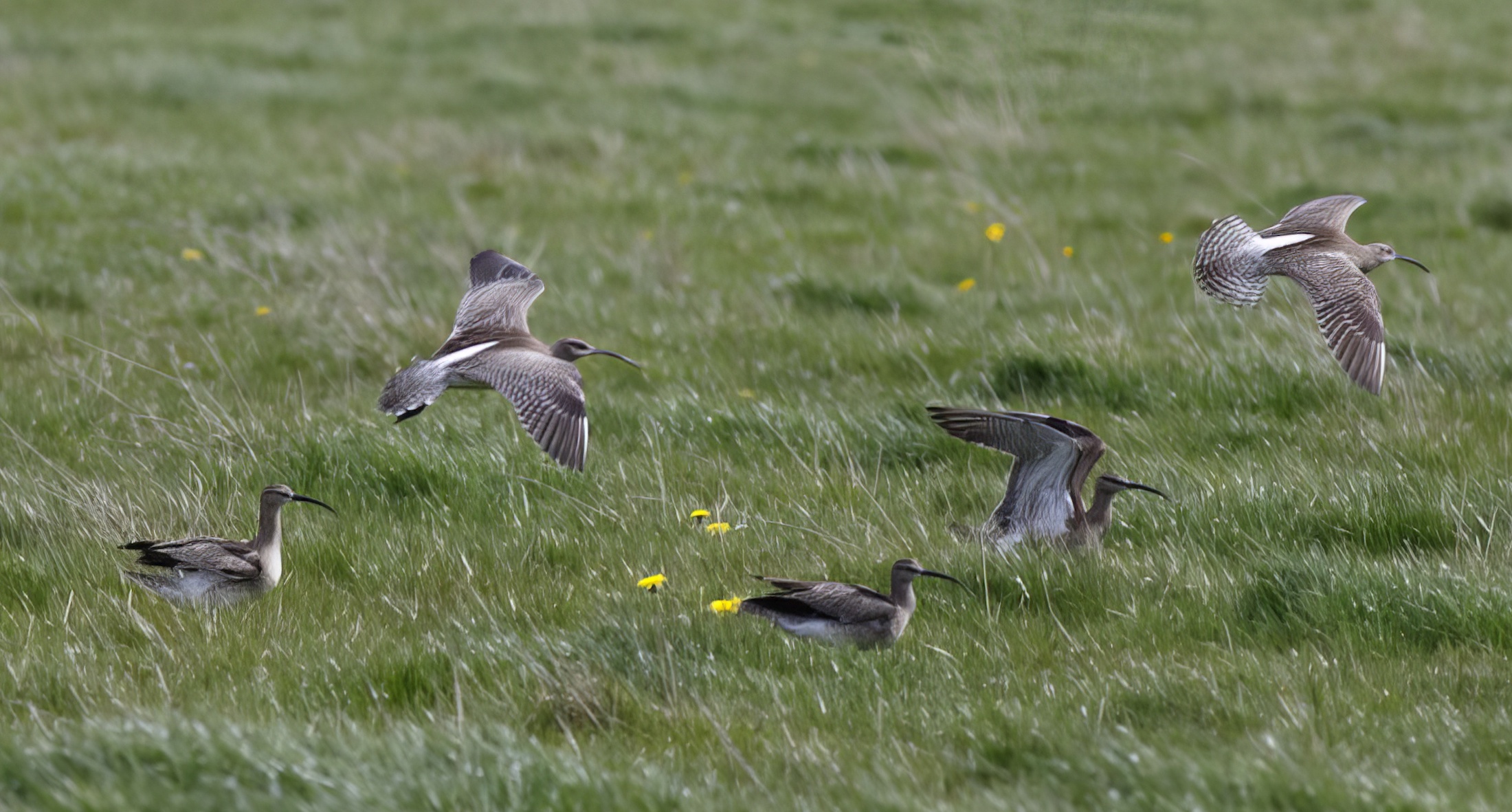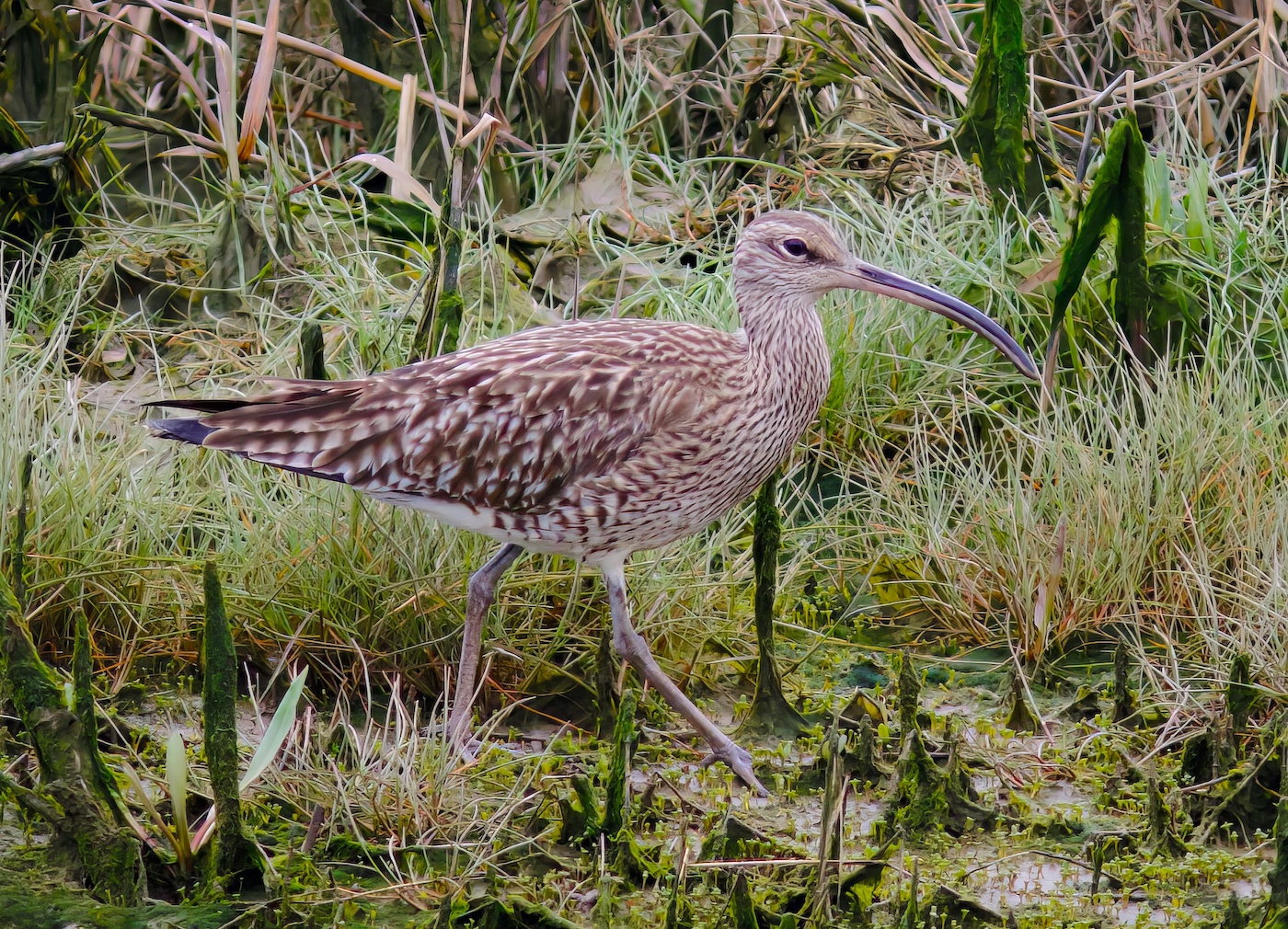Whimbrel Numenius phaeopus
Fairly common passage migrant, mainly coastal. Rare in winter.


The Atlas stated in the 1980s and 1990s that peak migration was in May with counts rarely exceeding 100. During autumn migration in July-August peak counts of up to 250 were recorded at individual sites. WeBS does not publish a long-term trend for this species but across Britain counts are generally up. In the six years to 2019 LBR reports reflect that birds are arriving earlier in spring and records from February-March are becoming more frequent. Peak spring migration was in April rather than in May in three out of six years. The spring total peak counts ranged from 138 in 2018, to 288 in 2019. Autumn migration peaked in either July or August and ranged from 180 in 2018 to 526 in 2015. The largest counts in spring were reported from Frampton Marsh with 100 in April 2014, and in autumn Gibraltar Point with 221 in July 2015. If the ratio between spring and autumn counts is any indicator of breeding success (it may just reflect differing migration depending on weather), 2015 was a good year with a ratio of 3.4 while 2017 was a poor one with a ratio of 1.24.
The North American version of (Eurasian) Whimbrel, Hudsonian Whimbrel, N. hudsonicus, is yet to be found in the county.
(Account as per new Birds of Lincolnshire (2021), included September 2022)
